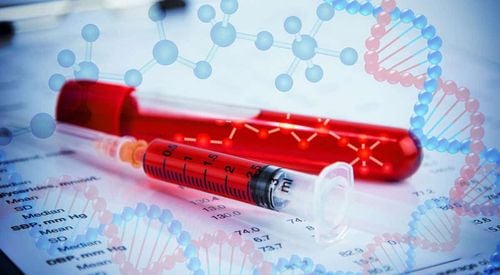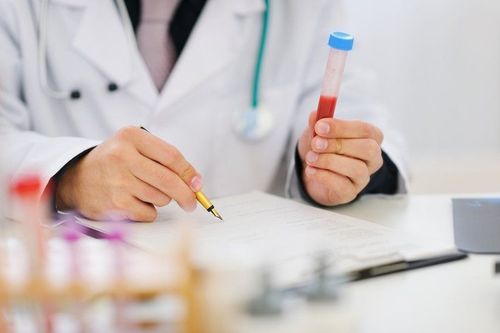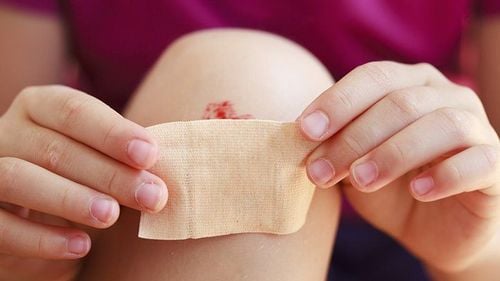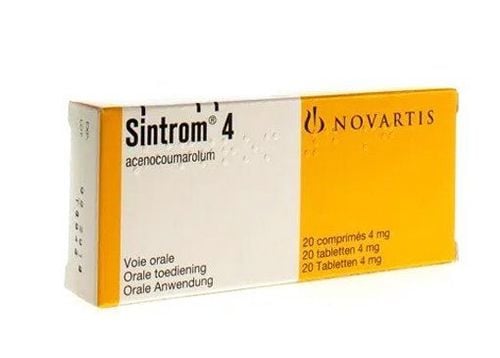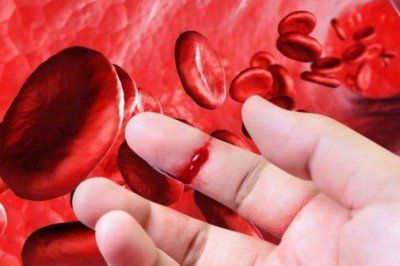This is an automatically translated article.
The article was professionally consulted by Specialist Doctor I Do Van Manh - Emergency Resuscitation Doctor - Emergency Resuscitation Department - Vinmec Ha Long International HospitalAbout 30 different substances have been found to affect blood clotting. Blood can be clotted or not depends on two groups of substances: coagulants - substances that speed up blood clotting and anticoagulants - substances that inhibit blood clotting. The following article will help us understand more about the factors involved in blood clotting.
1. What is the clotting factor test for?
To evaluate how well the blood clots and how long it takes for the blood to clot, doctors will run a blood clotting factor test.
Blood clotting will protect your body from bleeding. However, if a blood clot forms in a normal vein, this is extremely dangerous because it can block blood flow to the heart, brain, and lungs.
When you have a blood clotting factor test, you will know if you are at risk of bleeding too much from an injury or if you are at risk of having a stroke.
2. What are the clotting factors?
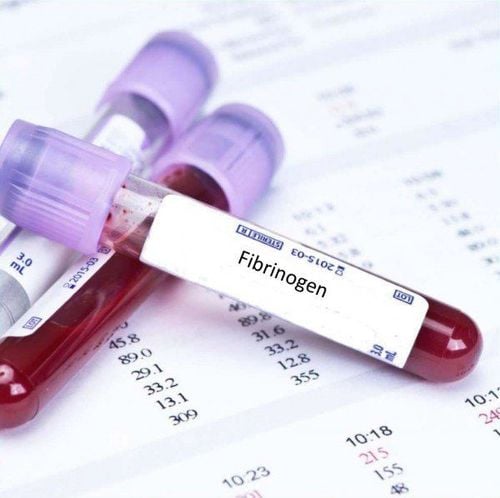
I - Fibrinogen : Fibrinogen is plasma with a molecular weight of 340,000, soluble. This factor is present in plasma at concentrations ranging from 100-700mg/100mL. Most fibrinogen is made in the liver, so in patients with liver disease, the amount of fibrinogen decreases in the circulating blood, preventing blood clotting. II- Prothrombin: Prothrombin is a plasma protein with a molecular weight of 68,700, present in plasma at a concentration of 15mg/100mL. The liver produces prothrombin continuously, so if the liver is impaired, the amount of prothrombin will decrease, inhibiting blood clotting. III- Tissue Thromboplastin: This factor participates in the exogenous coagulation mechanism, replacing platelet phospholipids and plasma factors. Besides, thromboplastin also has anti-infective effects. IV- Ca++ : The clotting process cannot be without this ion. V- Proaccelerin: When there are many Ca++ ions, this factor loses its activity. In the absence of proaccelerin, plasma is prepared by long-standing anticoagulant plasma with oxalates. VII- Proconvertin: The molecular weight of this element is 60,000. The activity of this factor in the plasma will be retained on the asbestos filter; VIII- Antihemophilic A: To synthesize this factor, depends on a lot of genes in different chromosomes. Usually, antihemophilic is synthesized mainly from the liver, spleen, and reticuloendothelial system. In the absence of Ca++ ions, this element loses its activity. This is anti-clotting factor B; IX- Antihemophilic B : Antihemophilic A. X- Stuart: Stuart is present in plasma, in an inactive form. In the process of endogenous coagulation, this factor is involved. When tissue thromboplastin is added to exogenous coagulation, stuart factor is removed. XI- Plasma Thromboplastin Antecedent (PTA): Initiation of endogenous coagulation cannot lack PTA factor. XII- Hageman: The driving force to form a series of reactions leading to coagulation is the contact between factor XII and the damaged vascular surface in the presence of platelet phospholipids. Besides the function of activating the coagulation system, Hageman also activates the coagulation system, the complement system and the anticoagulant system. XIII - Fibrin Stabilizing Factor (FSF): This factor has stable activity in plasma, stabilizing fibrin.
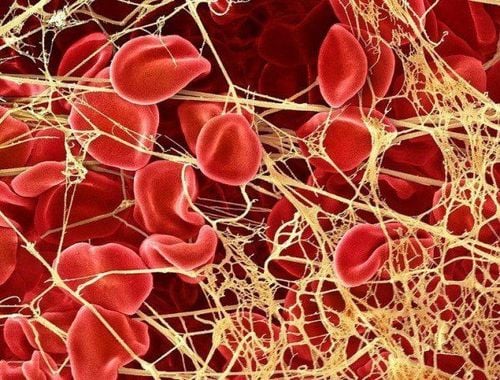
Group 1: Enzymes or pro-enzymes are synthesized mainly from the liver. Factors Prothrombin, Proconvertin, Antihemophilic B, Stuart require vitamin K to synthesize from the liver. Group 2: Promote enzyme development, including: Proaccelerin is synthesized from the liver. Antihemophilic A. Fibrinogen plays a surface role in the formation of blood clots when the factor is high in molecular weight. If based on the coagulation pathway, the above factors can be classified into 3 groups:
Group 1: factors common to the endogenous and exogenous pathways including Fibrinogen, Prothrombin, Ca++, Proaccelerin, Stuart, Fibrin Stabilizing Factor (FSF). Group 2: factors of the endogenous pathway include Antihemophilic A, Antihemophilic B, Plasma Thromboplastin Antecedent (PTA), Hageman; Group 3: factors of the exogenous pathway include proconvertin, tissue thromboplastin. To properly assess the patient's blood clotting status, doctors will assign you to perform tests to evaluate clotting factors. This helps the patient avoid risk factors for the disease.
Please dial HOTLINE for more information or register for an appointment HERE. Download MyVinmec app to make appointments faster and to manage your bookings easily.





